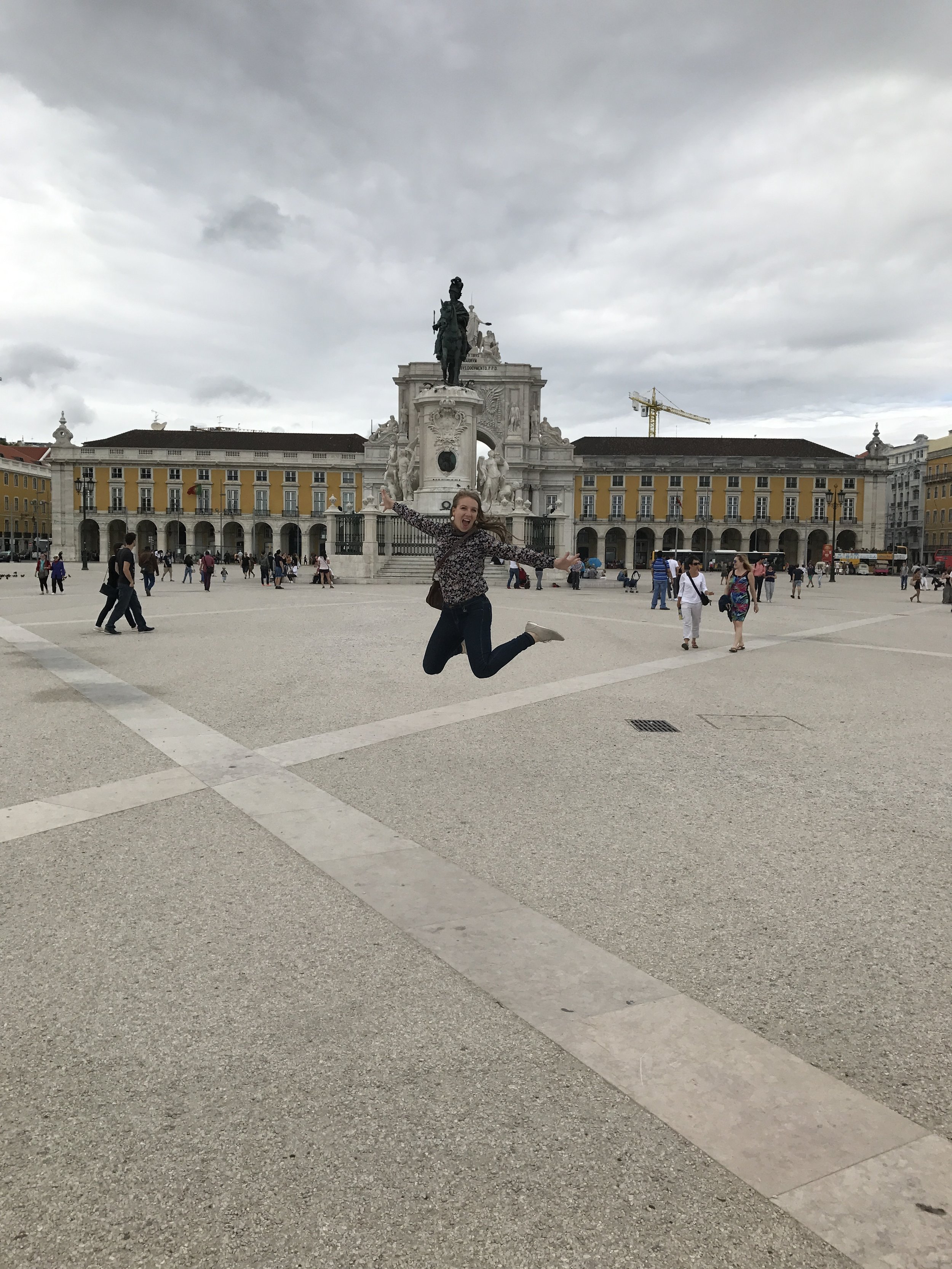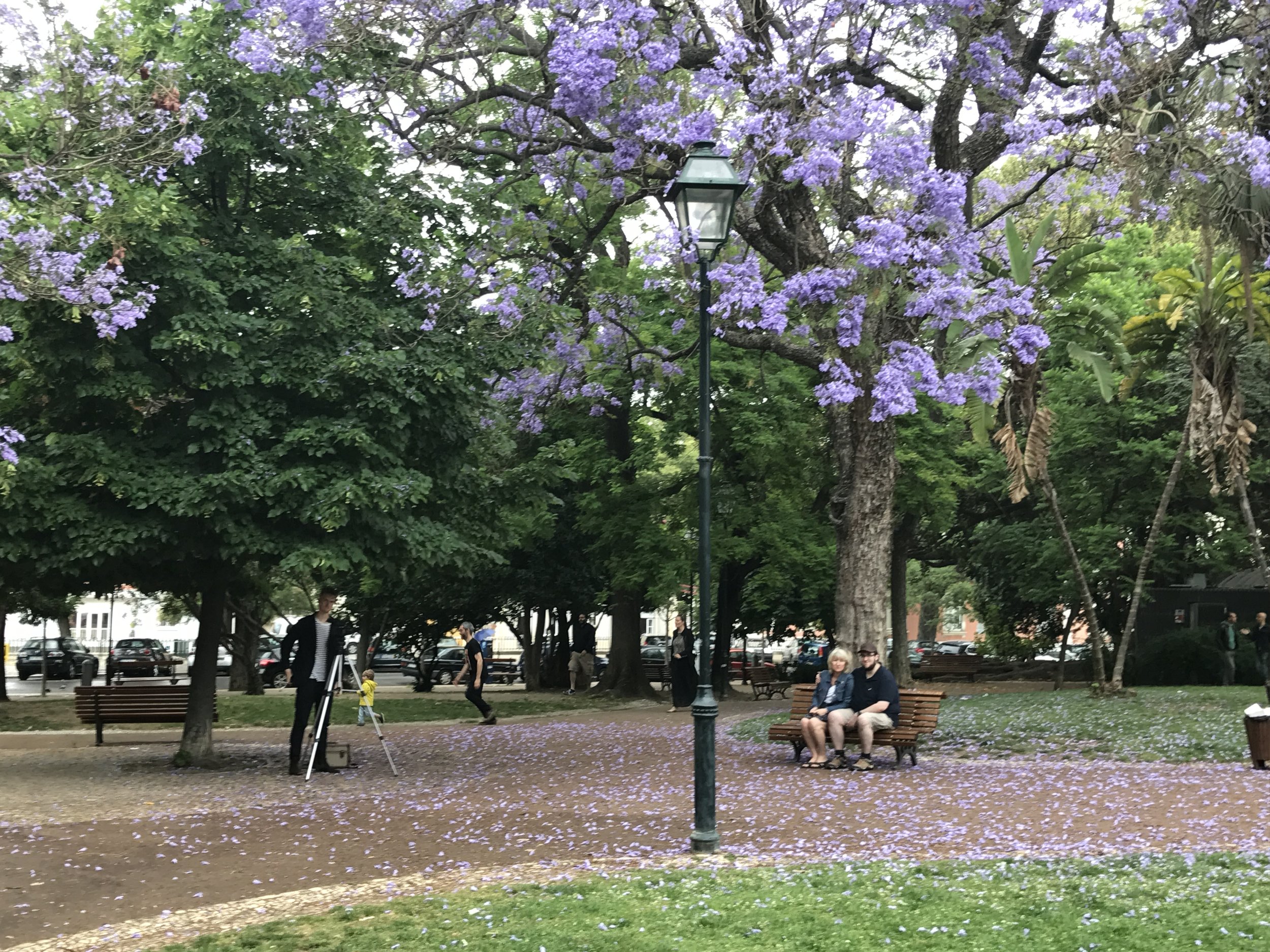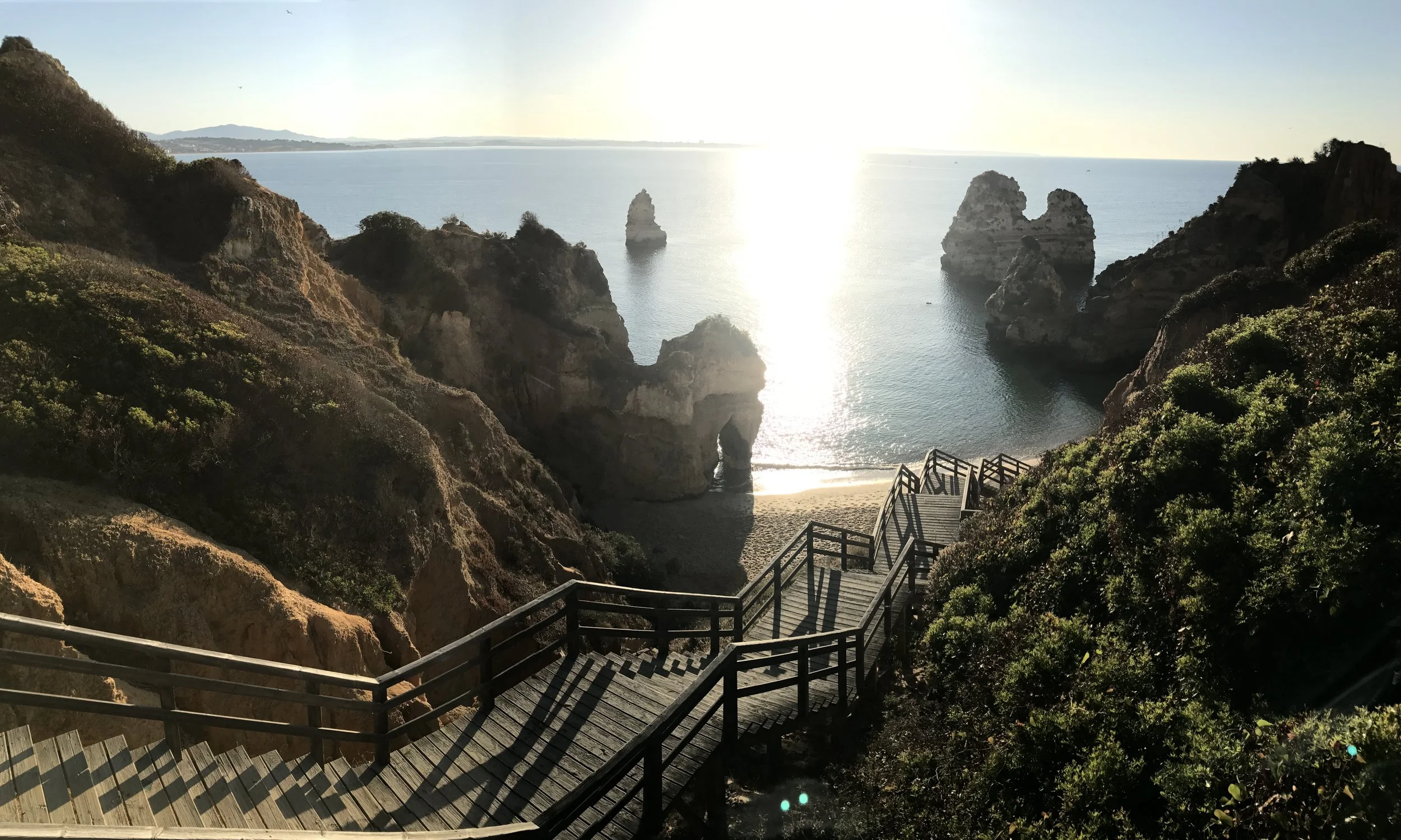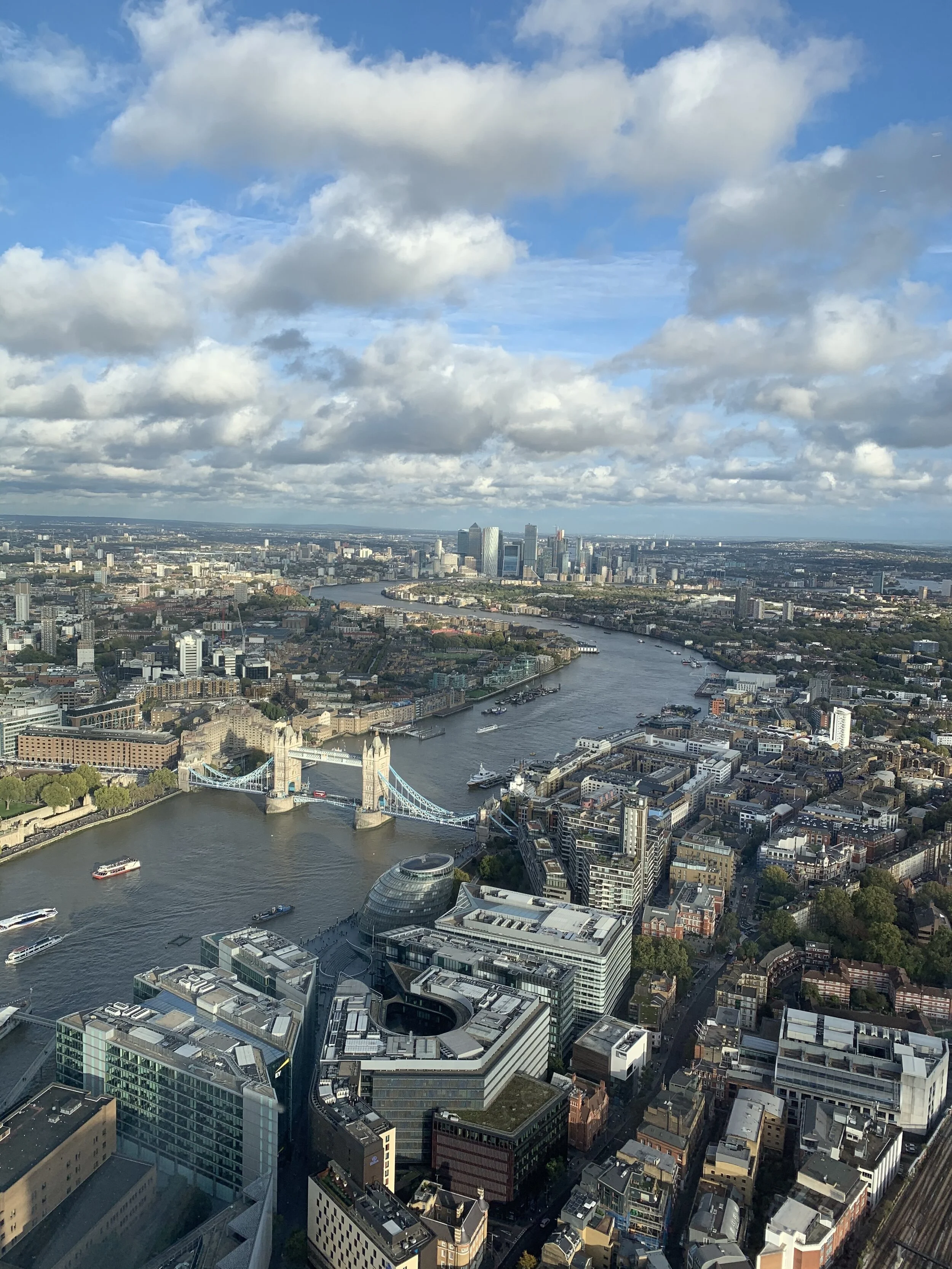Lisbon, Portugal

AUTHENTIC, UNTOUCHED, CRUMBLING
“This does not look the way I expected it to,” said my mother, her voice tinged with nerves, as our uber rolled passed ugly dilapidated concrete buildings.
“Don’t worry,” I reassured her, “the area around any airport is always a little weird.” I had booked our air bnb, so I knew that the neighborhood we were headed towards was historic and charming, and hopefully stood in sharp contrast to the slightly depressing area we were in at that moment. I had never been to Portugal before, despite having lived within hours of the border during my semester abroad years before. I was expecting the costal country’s capital to feel like Southern Spain, but thus far, it did not. In fact, I couldn’t quite put my finger on the impression I was forming. It took me days to be able to describe this city in a way that felt accurate. I chose the following three words with care and consideration.
AUTHENTIC:
At the heart of authenticity, there is security. Lisbon has existed as a metropolis for so long that a cursory Google couldn’t give me a definitive early history. Legend has it that Odysseus founded Lisbon on his way home from Troy…but beyond myth even the etymology of the name “Lisbon” is up for debate. As I walked around the city on that first day, down the hill by St. Anthony’s Church, towards the Praça do Comércio, and back up a hill towards Barrio Alto, I could sense that history, but I couldn’t see it. Another cursory google told me that Lisbon had been almost entirely destroyed in 1755 by a massive earthquake that was quickly followed by fires and a tsunami. Most of the architecture I was looking at was constructed following that great leveling. But even though the buildings I wound in and out of were barely as old as the city of Boston, I could tell that in some sense or another, humans had inhabited this land for a long, long time. And the Portuguese knew it. From pre-Roman settlements, through Portugal’s time a world power, to the wine-making and tour-giving Lisbon-dwellers of today, these people have been here for thousands of years, and they will likely be there for thousands more. Lisbon feels no need to pretend or strive to be anything other than what it is. If the city is destroyed, they will rebuild, if power ebbs away, they will adjust. Time felt slower in Lisbon, the city grand, yet intimate.
UNTOUCHED:
I approached St. Anthony’s Church, Euro in hand, expecting to enter a queue and pay an entrance fee. What I found instead was an open door and a refreshingly unadorned interior. I had been to enough major European tourist destinations to have grown used to what I called “Disneyland Tourism”, or large groups of foreigners clambering to see the landmarks of cities like Paris, London, and Rome before being promptly whisked away and sold a selfie-stick by an entrepreneurial local. Lisbon didn’t have any of that, but it wasn’t for lack of beautiful sights or historically significant locations. It was as if Condé Nast hadn’t sent in their team of investigators yet. There were no top-ten lists that clued in local Lisboetas that they could in fact, charge for the privilege of seeing their city. Despite having existed for thousands of years, Lisbon belongs to its inhabitants. Visitors are welcomed, but are not expected, and are not catered to.
CRUMBLING:
Lisbon is not crumbling into decay, but rather into something incredible, like a fine cheese. The city is ill-maintained in the same way that a beloved professor wears a wrinkled shirt. Sidewalks are cracking, tree roots wind around fences and buildings, and aged facades have settled in charmingly uneven ways on the seven steep hills. Lisbon feels wind-swept and organic, nothing is pristine or manicured, yet everything is feels as if it exactly the way it should be.
THE 3 THINGS YOU WILL NEED WHILE YOU’RE THERE:
The streets and side walks in Lisbon are steep and uneven -making sandals, flats, and other less-than-sturdy footwear a bad choice. These ankle boots can be worn with pants, shorts, dresses, or skirts, and they will keep you from slipping up and down the hills or Lisbon and protect your toes from being stubbed.
If you are traveling from the United States, make sure you’ve got an outlet converter with you. You are going to need your phone to for pictures and navigation - so make sure you don’t run out of juice!
Lisbon is a waterfront city, and from time to time it gets breezy. For any climate that isn’t cold enough for a jacket, nor hot enough to skip one, I recommend this Vinyasa scarf. It is a great lightweight layer that can be worn as a scarf, a shawl, or a head-wrap in case of rain. Any time you feel a chill, simply unsnap this infinity scarf and wear it around your shoulders!















